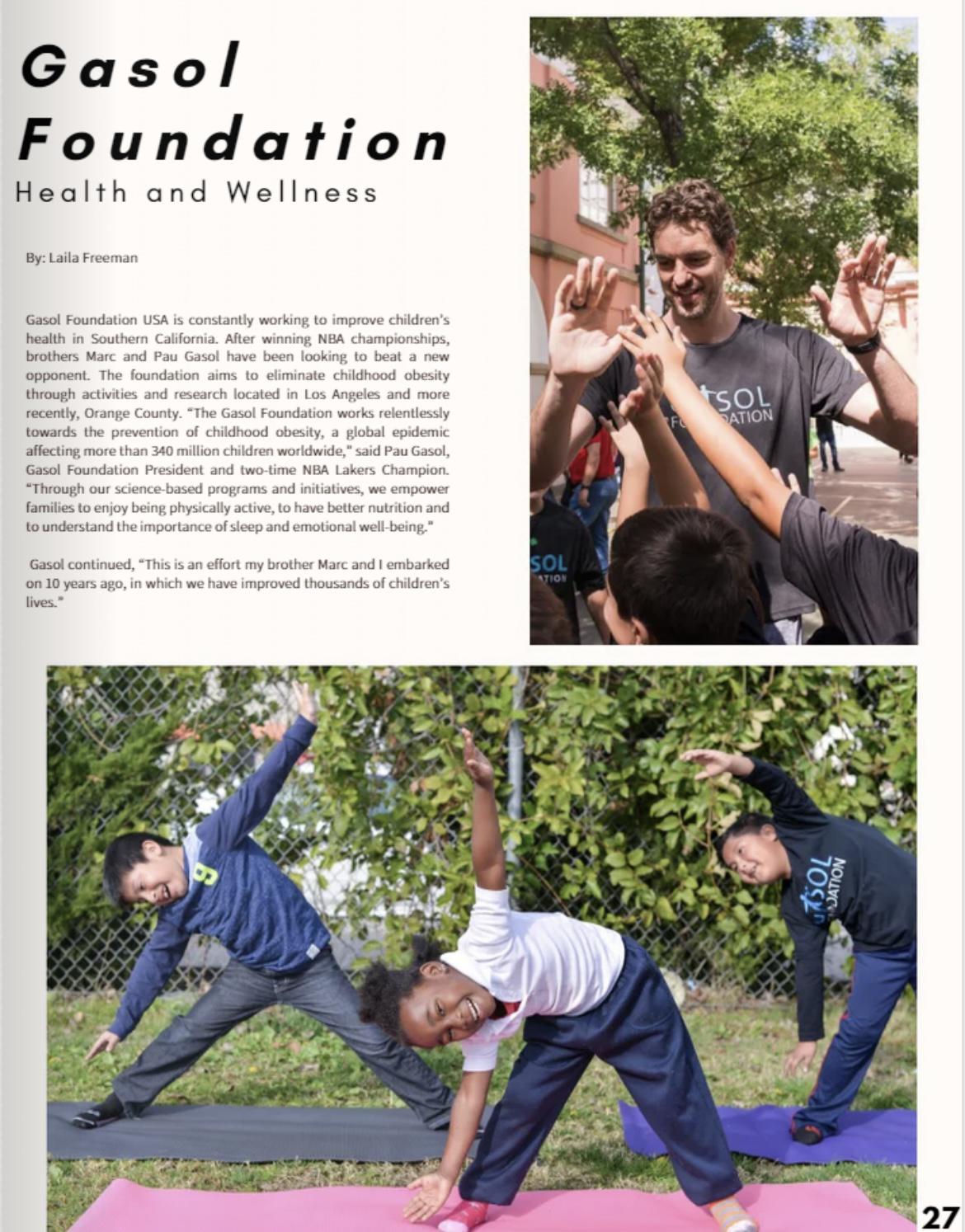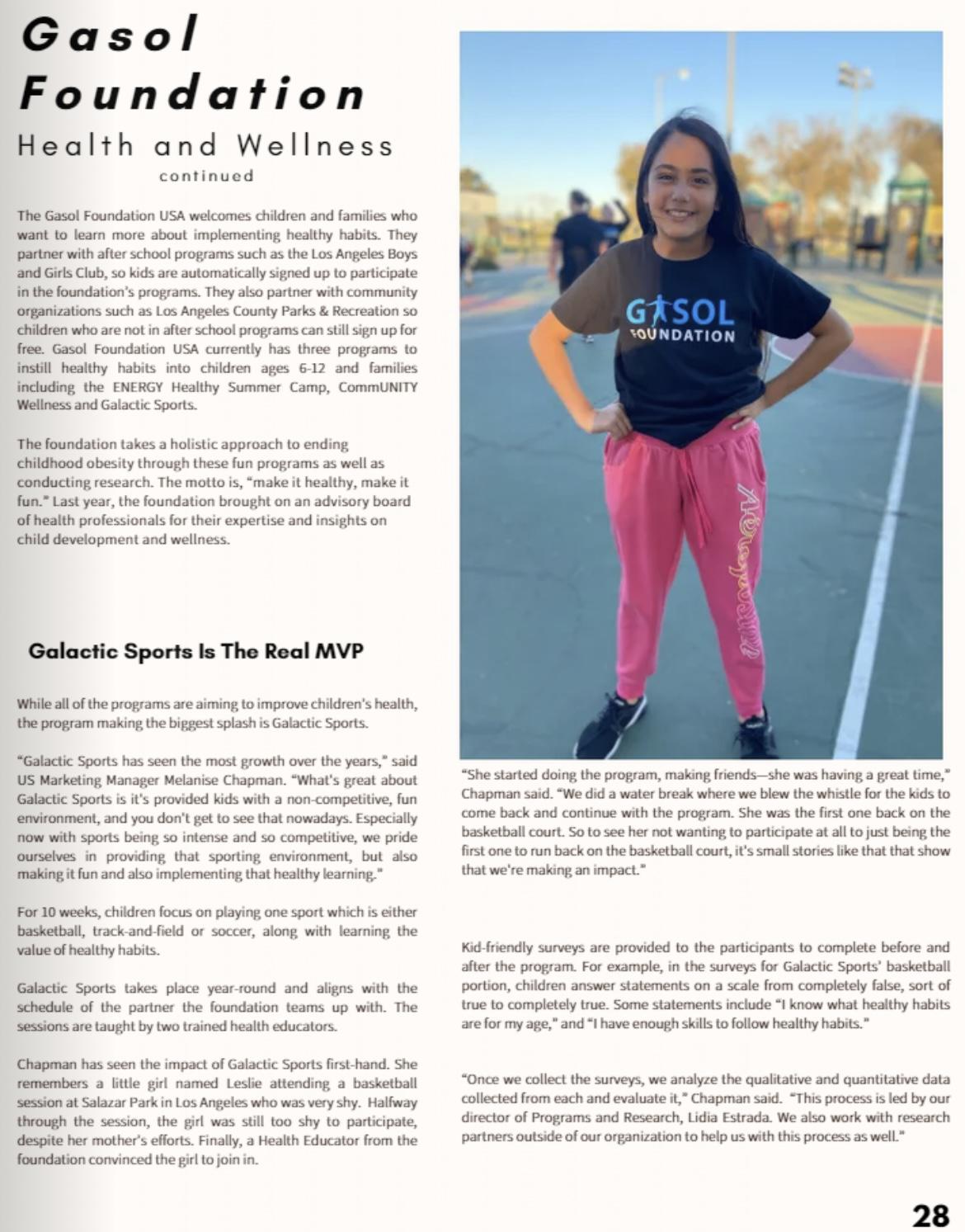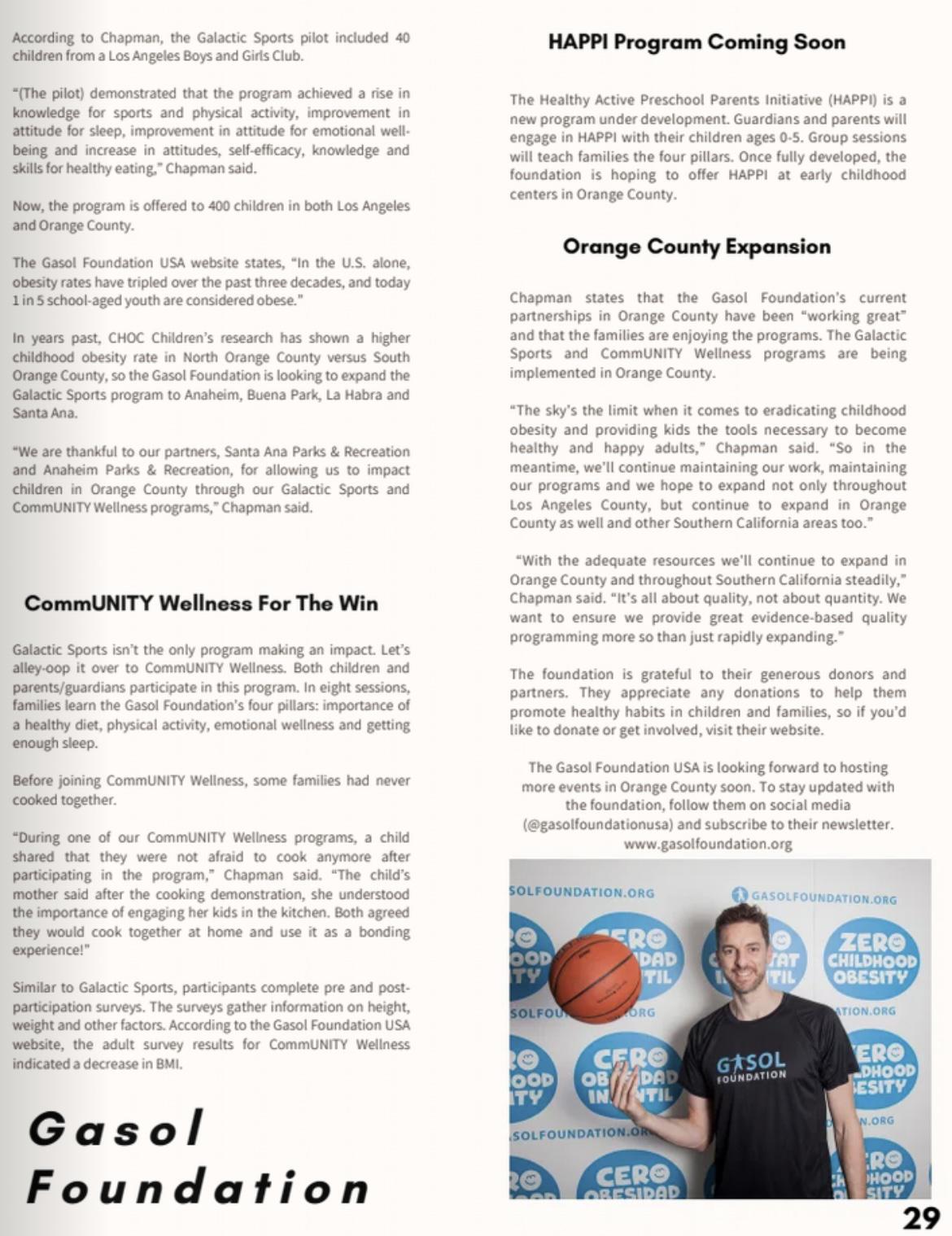More Bylines
"Gasol Foundation USA" - All Things Orange County
"Residential Dining Hall Woes" - DIG Magazine
"Why Every College Student Should Use LinkedIn" - DIG Magazine
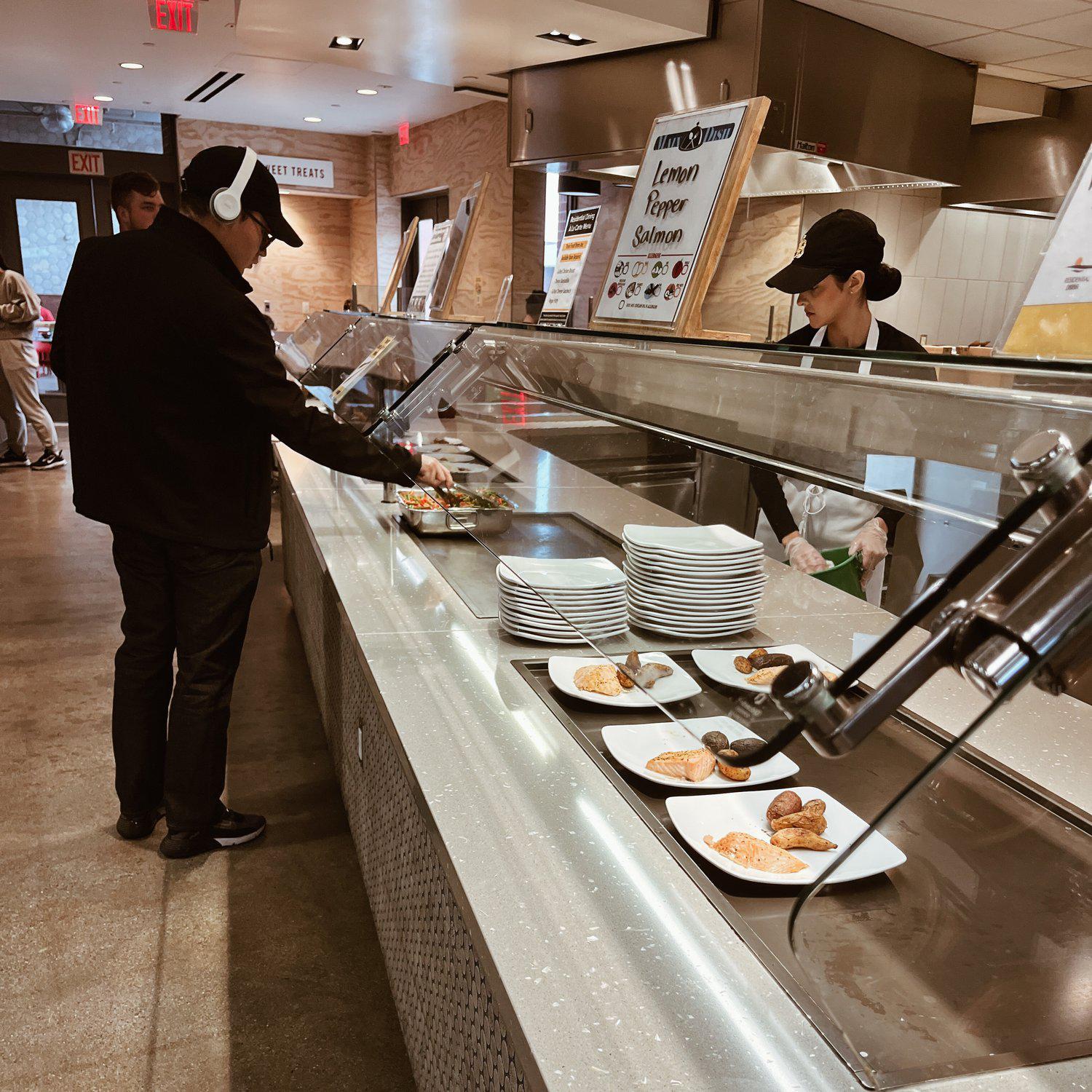
Finally leaving home and moving to a college campus is an exciting endeavor for so many young adults. There’s the lure of living in a dorm, meeting new people and even eating at the dining hall. Unfortunately, for many CSULB students who live on campus, visiting the dining hall for a meal is a dreaded experience, and an expensive one at that.
Those who live in the dorms have to sign up for a meal plan. The cheapest plan offers just 10 meals per week and costs $3,758 per academic year. The most expensive plan offers 19 meals per week and costs $4,440 per academic year.
Unused meals are also non-refundable and do not carry over into the available visits for the following week.
The to-go option is also limiting for students. They are given boxes and are only allowed to take the amount of food that fits in the box and are not allowed re-entry. Those who decide to eat in the dining hall can grab as many plates of food as they please.
The dining halls on campus often provide a few entrée options every meal and also include a salad bar and deli station.
Health Inspection Reports
In the Food Safety Program Official Inspection Reports from 2021 for the Parkside and Hillside Dining Halls acquired from the City of Long Beach’s Bureau of Environmental Health’s Department of Health & Human Services, no major violations were observed. However, there are still causes for concern.
When certain requirements are not met during a health inspection, there is an option to correct the violation on-site.
On Sept. 15, 2021, the Hillside Dining Hall was inspected. The proper holding temperatures requirement was out of compliance but was corrected on-site (COS). The violation description is as follows:
“Observed tofu and cut melon at the cold bar cold top insert/salad bar measured at 52 F and 49 F. COS-items were only in danger zone for less than 2 hours and were pulled to re-chill in refrigerator.”
A requirement for protection from contamination was also out of compliance regarding the sanitation of the food contact surfaces. The violation description is as follows:
“Observed slicer stored as clean with encrusted food residue on blade and food-contact surfaces. Clean and sanitize all food contact surfaces of equipment or utensils.”
General Safety Requirements that were noted include providing sneeze guards. Observations were also documented:
“Observed container of vegetables on top of open container of cooked pasta directly contacting food. Observed overstocked line drawer of cabbage coming in contact with lip of drawer unit at cook line. Discontinue stacking containers of open foods unless containers have durable, leak-proof lids.”
On Sept. 15, the Parkside Dining Hall was also inspected. Just like the Hillside Dining Hall, the proper holding temperatures were out of compliance but corrected on-site. The violation description is as follows:
“Observed PHF held in danger zone less than 2 hours after prep. COS items were relocated to the walk in cooler to chill.”
Another violation description regarding labels of the time an item is edible is as follows:
“Observed time only as a public health control being used for cheese and pepperoni pizza at pizza station without a time stamp.”
There was also a food contact surfaces violation like Hillside’s. The violation description is as follows:
“Observed the following food-contact surfaces unclean:
a. Can opener (stored as clean)
b. Mixer Guard (stored as clean)
Clean and sanitize all food contact surfaces of equipment or utensils.”
The hot and cold water available as well as the food separated and protected requirements were out of compliance. Sneeze guards were reinforced again.
An equipment/utensils requirement out of violation was witnessed too:
“Observed metal ice scoops that appear deteriorated at ice machine. Repair/Replace/Remove malfunctioning, damaged and/or deteriorated equipment at facility.”
Both the Parkside and Dining Halls were out of compliance with the polystyrene product ban and discontinued the disposable containers. Starting in the 2022-2023 school year, the dining halls now provide plastic to-go boxes.
What The Students Think
“There is not enough variety to consider people with dietary preferences,” said Mariam Mkhitaryan, a freshman living in the dorms. “My suitemate had to order DoorDash food because there were no gluten-free options. Also, like 90% of the time, it doesn’t taste good.”
“I love ramen, like noodles and stuff,” says Cyrus Payne, a student in his second year living on campus. “I was eating it one day and it was so fishy because they had fish cakes in it. It was so fishy. It was so nasty.”
Laila Elsharkawy is in her second year of living in residential housing. She recalls a time she visited the dining hall and requested grilled chicken breast. Instead, she received boiled, raw chicken that smelled bad.
“Chicken is usually pink and chewy, so I usually just avoid that, but I’d say the food is super unhygienic,” she said.
“I wish there were more variety of fresh fruit!” said Stephanie Hernandez, a junior living on campus for the first time. “Or I wish we could vote on meals we want to see be included at the dining halls in the future.”
“I saw a dead fly in the fruits section,” said Ashwin Ganesh, a second-year student living on campus. “The chicken breast is always raw. Flies on the dining tables. Sometimes the plates are not washed properly.”
“I was really impressed that they included Hispanic soups and stews like menudo, pozole and caldo de res,” said Angela Torres who lived on campus for one year. “I remember calling my grandma to tell her what I was eating and she asked me if I was eating at a restaurant and that I should take her next time. When I told her it was being served at school, she was super surprised. I think some of the things that deterred me from the dining hall was the cordon bleu and the times they would serve the chicken thigh attached with the wing.”
No Comment
On Oct. 6, 2022, Alfredo Macias, the director of residential dining, was contacted with inquiries. They are listed below:
What factors are considered when deciding the food to serve?
How many complaints about the food do you receive every semester on average? How are those complaints resolved?
How is the money paid for meal plans allocated?
The associate director and registered dietitian & manager, Jenny Lew, was also contacted with the inquiries listed below:
Can you walk me through the process of deciding what foods to serve?
How do you scale the nutrition and quality of the food served?
Can you recall instances of students complaining about the food? How were those issues resolved?
No responses.
A follow-up email was sent to Director Macias on Oct. 12 and the next day he responded stating, “Thank you for your inquiry. I’m reach(ing) out to our Director of communications. We will get back to you shortly.”
Follow-up emails were sent to Associate Director Lew on Oct. 12 and again on Oct. 18. A message was then sent back that stated, “Our FortyNinerShop Director of Communications will be responding to your questions soon.”
Rosa Hernandez, who oversees the 49er Shops’ communications department reached out on Nov. 1. Hernandez offered to schedule a time to chat about the inquiries and to also “provide initial responses to the questions that were shared.”
Follow-up emails displaying available times to chat and an interest to get the questions answered were sent on Nov. 1, 12 and 28.
There has been no further communication from Alfredo Macias, Jenny Lew or Rosa Hernandez.
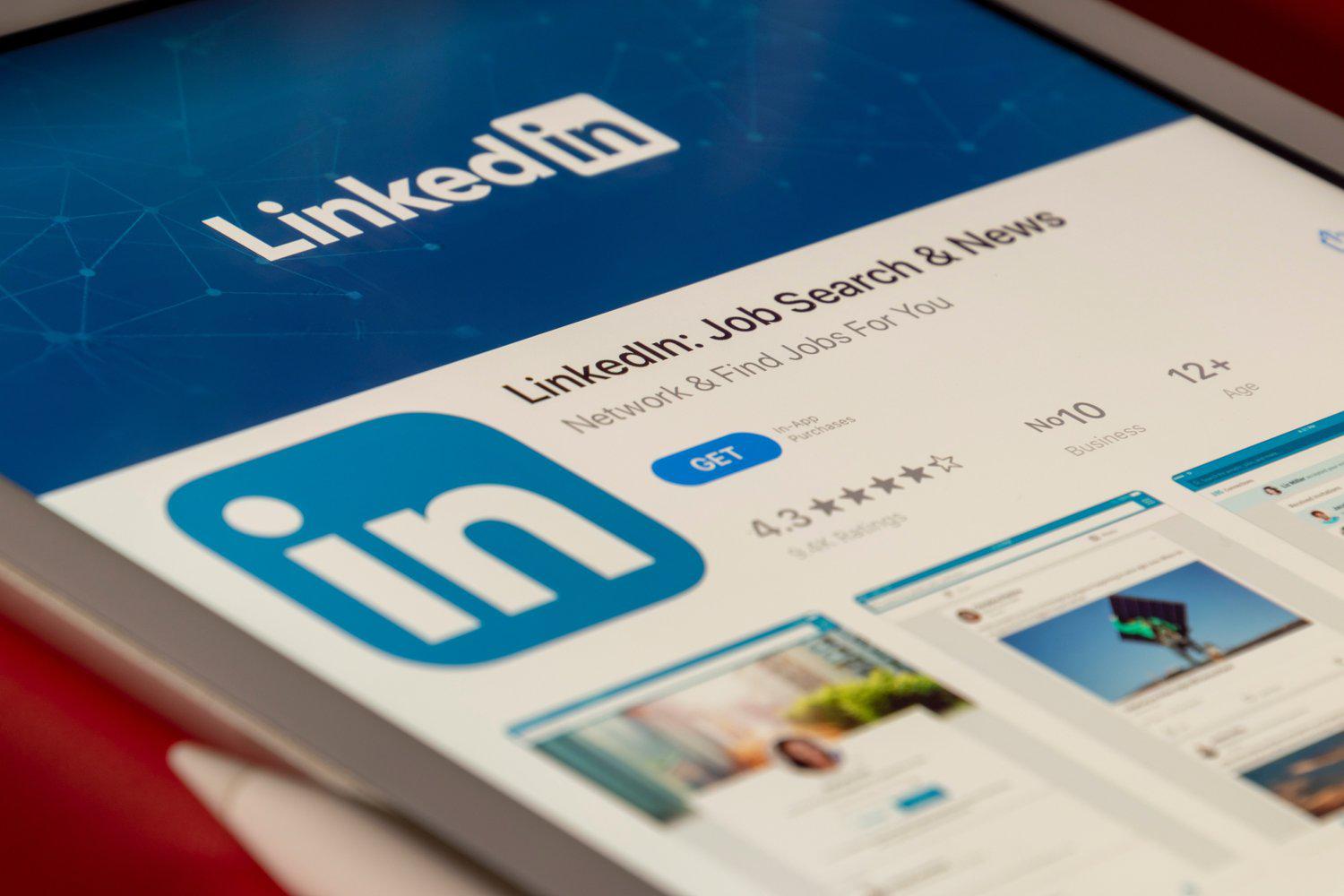
LinkedIn --- the networking app that feels like a professional Facebook. I love this app and use it religiously, whether I’m sifting through internship postings, scrolling on my home page or reading the latest article posted. I’m always urging my friends to make an account or to get active on the platform, but I’m met with the same answer, “No, but I will when I’m looking for a job.” LinkedIn has so many benefits aside from being a resource when job hunting. People are missing out on the perks and tools that come with the site. Here are seven ways you can maximize your LinkedIn usage as a student.
1. LinkedIn Showcases What A Resume Cannot
CSULB’s Career Development Center urges students formulating their resumes to keep it to one page if they can help it. Plus, every opportunity has its own unique set of duties that require a tailored resume that fits those qualifications. It’s rare to keep using the same resume for every opening.
As someone who is always applying for internships, and scholarships, it’s impossible at times to condense my experiences and skills into one page. That’s where LinkedIn helps. I just put my customized link for my LinkedIn profile at the top of my resume so employers can access all of my information, instead of just seeing whatever I put on my resume.
2. Starting Now Will Help You Later
According to Journalism & Public Relations lecturer and advisor, Jennifer Newton, has tips to help students maximize their accounts way before they ever look for employment. She teaches the Digital Tools for Public Relations course and even instructs her students on how to efficiently get active on LinkedIn.
She states that adding sections to your profile now instead of later gives the algorithm more time to learn you and help when you’re eventually sifting through career options. You’re not optimizing when you create an account as you scramble for a job.
Building your professional rundown in college and keeping up with it gives employers in the future a bigger picture of what you bring to their company or organization.
3. Networking Is Essential
Even if you aren’t planning on entering the job market straight out of undergraduate study, graduate school could be on the radar. If so, LinkedIn can help! Jennifer Newton notes the platform’s networking feature as something that can help students get in touch with other students in the current graduate programs they're interested in.
“You're gonna find people who you are connected to or closely connected to that are gonna be at the places that you're interested in at the grad schools… and you can start to reach out to them,” she says. “And alumni love to help current students because we have been in your shoes. We understand it. We've been there. We know how scary it is. We know that in reality, it's not as scary as we perceive it at the time, so we like to be that voice of like ‘it's okay. I promise you it's okay.’ So go out there and all you have to do is ask and like most of them will be more than willing to have a zoom call with you, have a coffee with you, just talk to you about it.”
4. Think Of It As An Online Portfolio
Newton also states that unlike other social media, LinkedIn allows its users to write long form articles. You can take whatever niche topic you’re into whether it’s sports, astronomy, film, etc. and showcase that information in a long form article.
“You can position yourself as an expert before you even leave the university… You have to start conveying who you are digitally before they will ever see you in person,” she says.
5. LinkedIn Learning Courses
Another resource college students have been overlooking is LinkedIn Learning. It provides courses for different topics and software. For instance, if you want to begin editing video and audio, but are unfamiliar with Adobe Suite, LinkedIn Learning can give you step-by-step instructions to navigate the technology with ease. After a course is completed, it gives you a certificate you can add to your profile. CSULB students even get these courses for free, says Newton.
6. It Can Outweigh Your Other Social Media Presences
Jennifer Newton mentions how employers are increasingly checking the social media of candidates as they go deeper in the interview process. If you have been active on LinkedIn for a while, showcasing your skills and experiences, your profile could outweigh a social media presence that a potential employer may disapprove of. Another reason to start on the platform now!
7. LinkedIn Offers Internship Opportunities
Job hunting or not, the sooner you get on LinkedIn and the more the algorithm gets to know you, the more it will send you internship opportunities you could be interested in. College schedules can be especially tight, but imagine LinkedIn suggesting the perfect internship for you. My account has shown me a multitude of internships that I always knew I wanted to obtain, along with showing me new internships that also interest me. Odds are, you might just find a way to fit the internship into your schedule. After all, experience is crucial in college.
